He Zheng
AIM 2022 Challenge on Super-Resolution of Compressed Image and Video: Dataset, Methods and Results
Aug 25, 2022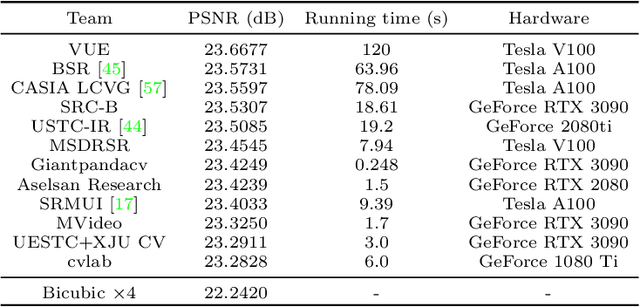
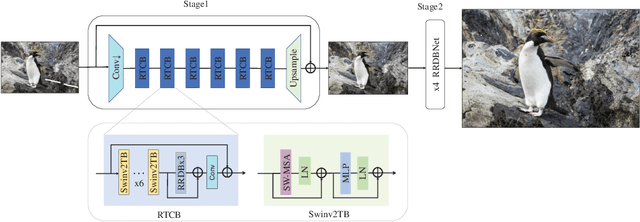
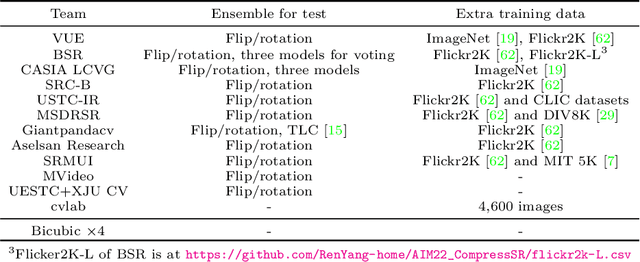
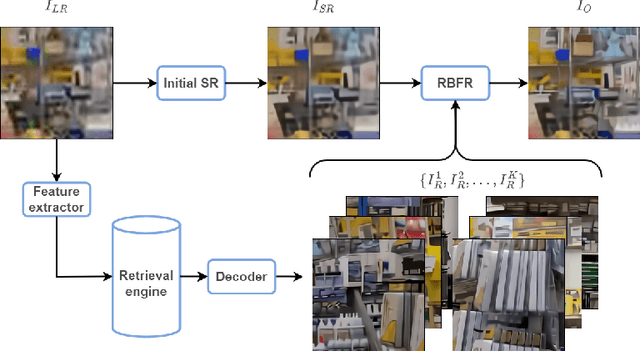
Abstract:This paper reviews the Challenge on Super-Resolution of Compressed Image and Video at AIM 2022. This challenge includes two tracks. Track 1 aims at the super-resolution of compressed image, and Track~2 targets the super-resolution of compressed video. In Track 1, we use the popular dataset DIV2K as the training, validation and test sets. In Track 2, we propose the LDV 3.0 dataset, which contains 365 videos, including the LDV 2.0 dataset (335 videos) and 30 additional videos. In this challenge, there are 12 teams and 2 teams that submitted the final results to Track 1 and Track 2, respectively. The proposed methods and solutions gauge the state-of-the-art of super-resolution on compressed image and video. The proposed LDV 3.0 dataset is available at https://github.com/RenYang-home/LDV_dataset. The homepage of this challenge is at https://github.com/RenYang-home/AIM22_CompressSR.
NTIRE 2021 Challenge on Quality Enhancement of Compressed Video: Methods and Results
May 02, 2021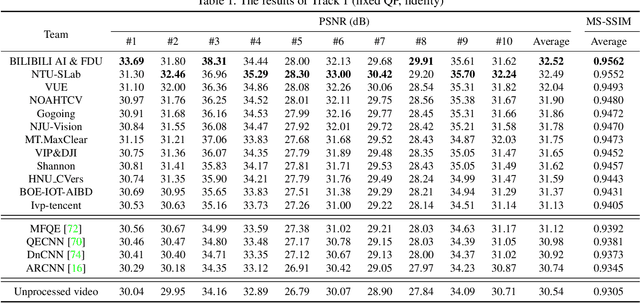
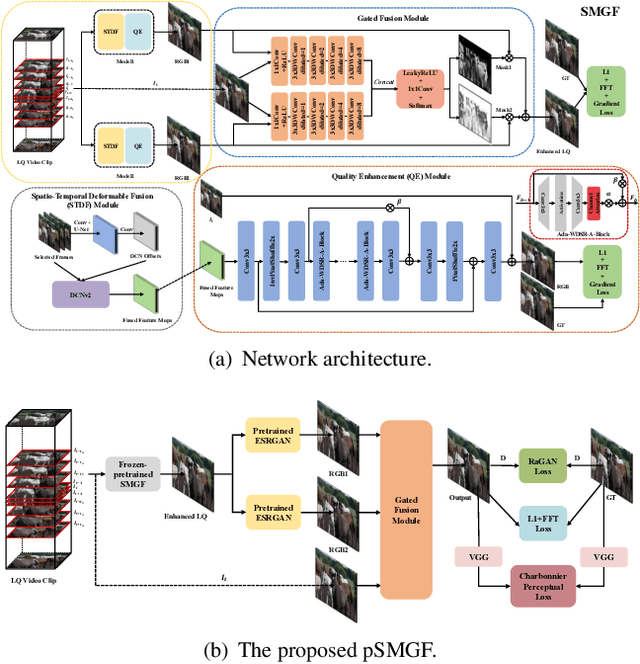

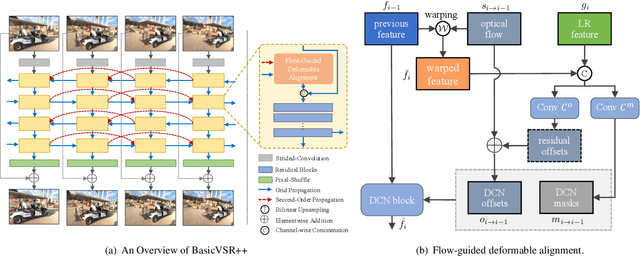
Abstract:This paper reviews the first NTIRE challenge on quality enhancement of compressed video, with a focus on the proposed methods and results. In this challenge, the new Large-scale Diverse Video (LDV) dataset is employed. The challenge has three tracks. Tracks 1 and 2 aim at enhancing the videos compressed by HEVC at a fixed QP, while Track 3 is designed for enhancing the videos compressed by x265 at a fixed bit-rate. Besides, the quality enhancement of Tracks 1 and 3 targets at improving the fidelity (PSNR), and Track 2 targets at enhancing the perceptual quality. The three tracks totally attract 482 registrations. In the test phase, 12 teams, 8 teams and 11 teams submitted the final results of Tracks 1, 2 and 3, respectively. The proposed methods and solutions gauge the state-of-the-art of video quality enhancement. The homepage of the challenge: https://github.com/RenYang-home/NTIRE21_VEnh
AI Challenger : A Large-scale Dataset for Going Deeper in Image Understanding
Nov 17, 2017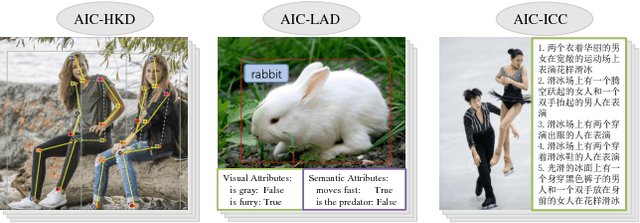

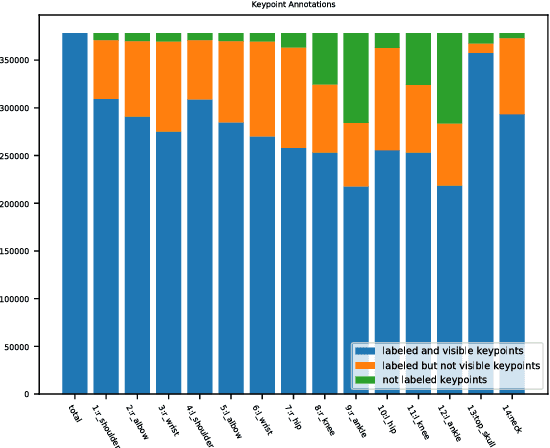

Abstract:Significant progress has been achieved in Computer Vision by leveraging large-scale image datasets. However, large-scale datasets for complex Computer Vision tasks beyond classification are still limited. This paper proposed a large-scale dataset named AIC (AI Challenger) with three sub-datasets, human keypoint detection (HKD), large-scale attribute dataset (LAD) and image Chinese captioning (ICC). In this dataset, we annotate class labels (LAD), keypoint coordinate (HKD), bounding box (HKD and LAD), attribute (LAD) and caption (ICC). These rich annotations bridge the semantic gap between low-level images and high-level concepts. The proposed dataset is an effective benchmark to evaluate and improve different computational methods. In addition, for related tasks, others can also use our dataset as a new resource to pre-train their models.
A Fusion Method Based on Decision Reliability Ratio for Finger Vein Verification
Dec 17, 2016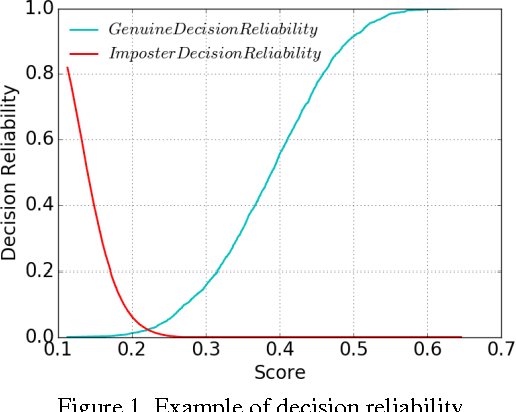

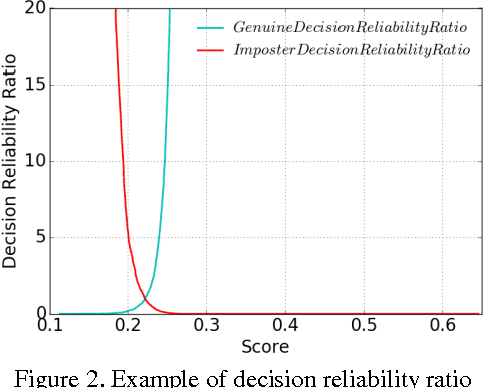
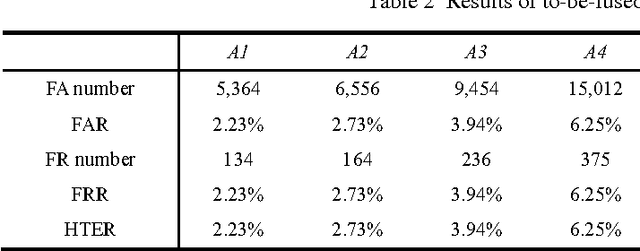
Abstract:Finger vein verification has developed a lot since its first proposal, but there is still not a perfect algorithm. It is proved that algorithms with the same overall accuracy may have different misclassified patterns. We could make use of this complementation to fuse individual algorithms together for more precise result. According to our observation, algorithm has different confidence on its decisions but it is seldom considered in fusion methods. Our work is first to define decision reliability ratio to quantify this confidence, and then propose the Maximum Decision Reliability Ratio (MDRR) fusion method incorporating Weighted Voting. Experiment conducted on a data set of 1000 fingers and 5 images per finger proves the effectiveness of the method. The classifier obtained by MDRR method gets an accuracy of 99.42% while the maximum accuracy of the original individual classifiers is 97.77%. The experiment results also show the MDRR outperforms the traditional fusion methods as Voting, Weighted Voting, Sum and Weighted Sum.
 Add to Chrome
Add to Chrome Add to Firefox
Add to Firefox Add to Edge
Add to Edge